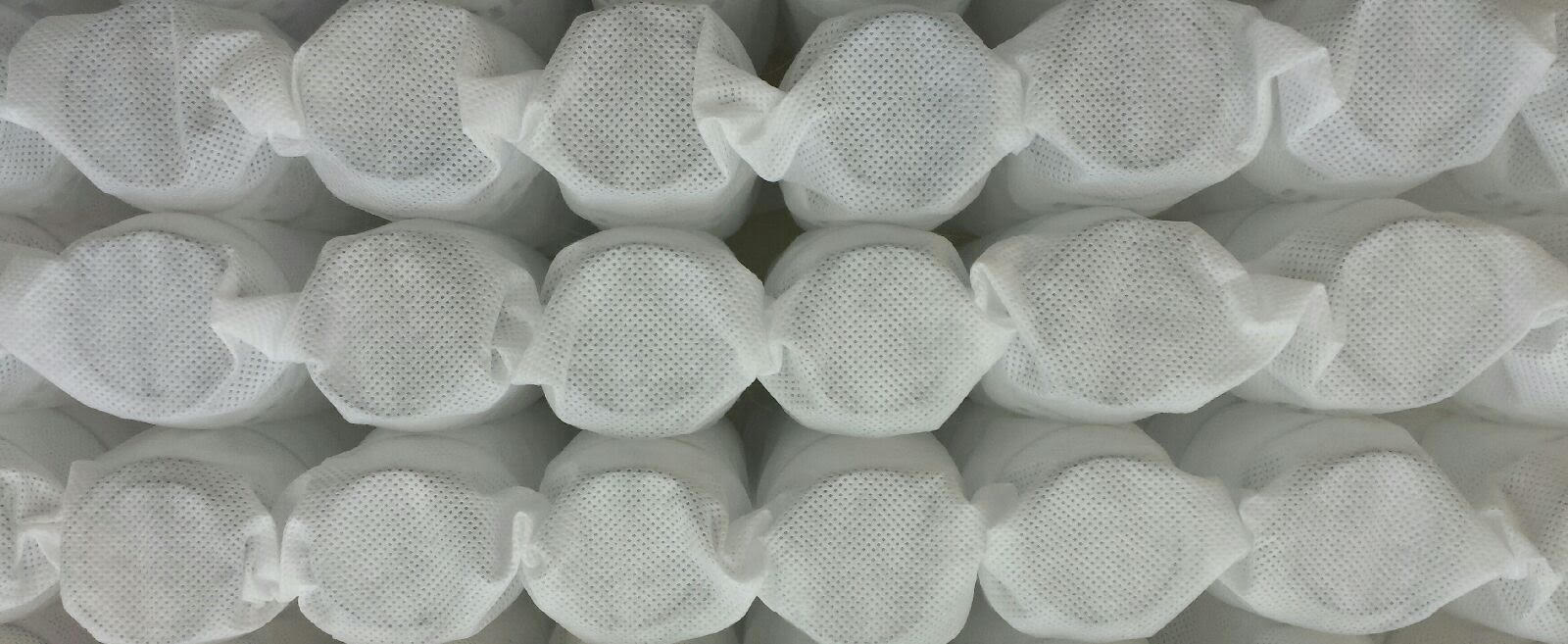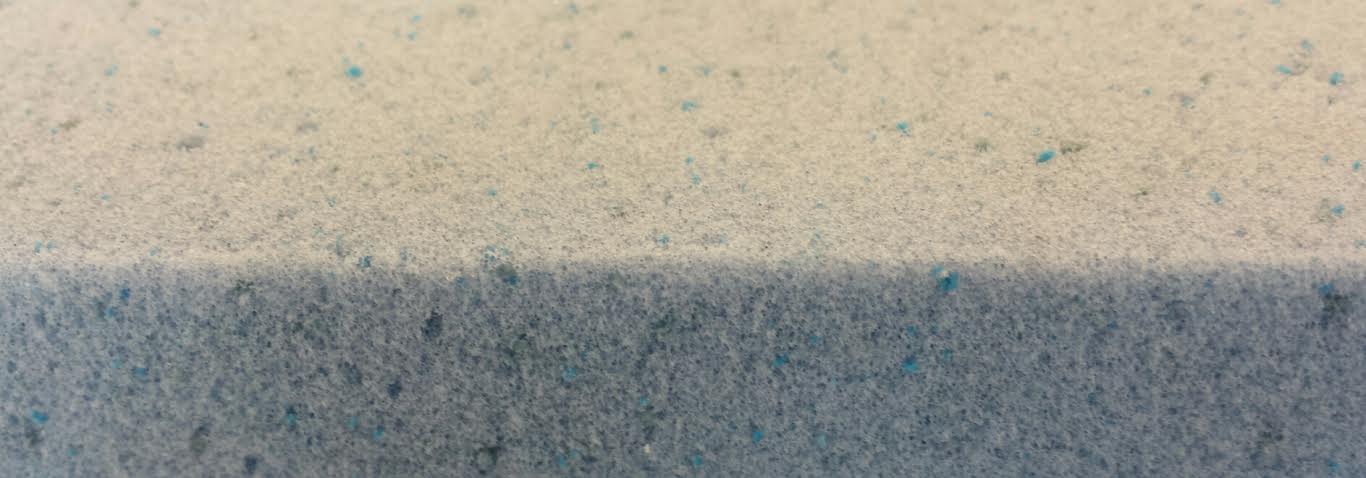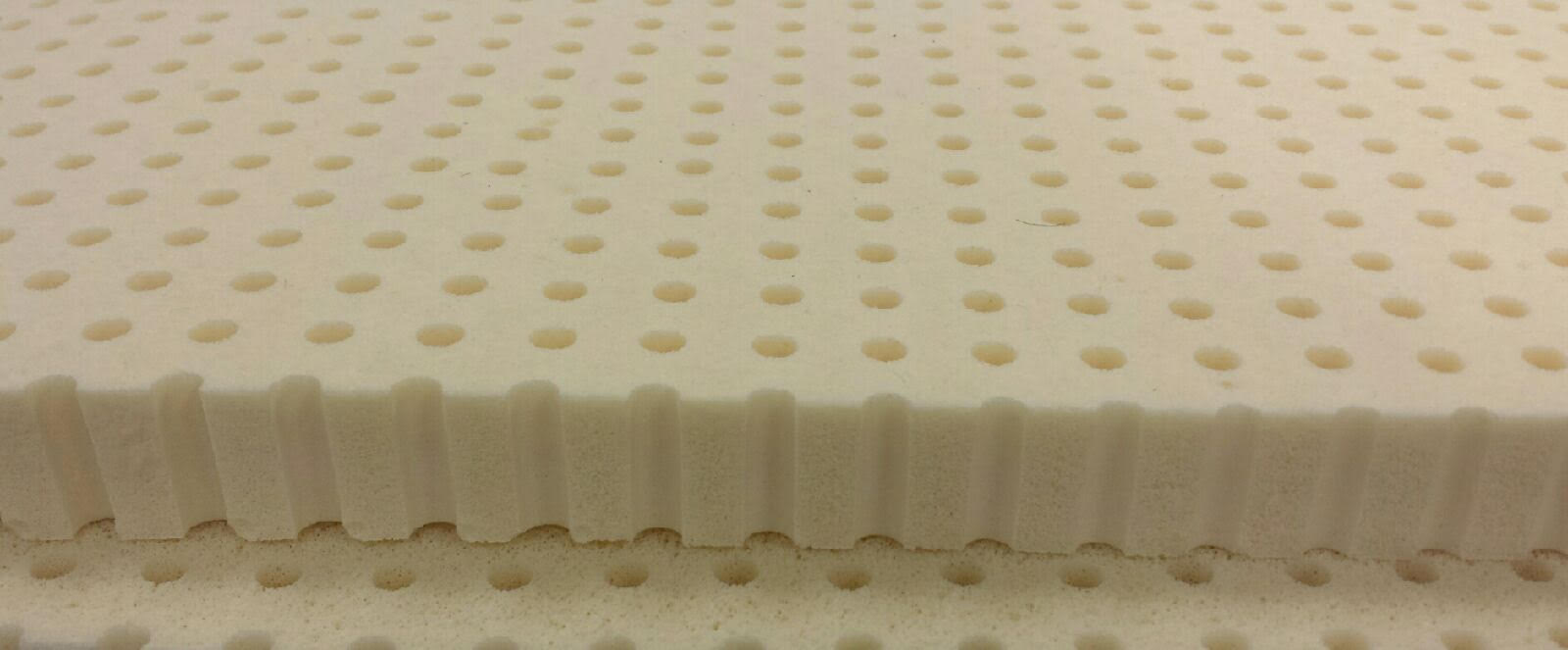A commonly asked question is “how long does a mattress last?”. Most people keep their mattresses way longer than they should. It’s not uncommon for people to keep a mattress for 12, 15, even 20 years. However, when asked how long they have been sleeping poorly, most usually acknowledge it’s been quite a while. People put off buying a new mattress for a variety of reasons. The expense of the investment can be a deterrent, but it’s not the only reason. Many find the whole shopping experience to be stressful.That said, there are a lot of good reasons not to put off buying that new mattress.
A good night’s sleep is vital to how refreshed our mind and body is the next morning. Prolonged periods of insufficient or unsatisfactory sleep negatively impacts our lives. While several factors have a bearing on our quality of our sleep; your mattress is among the most important. A quality mattress provides optimal support to our lower back, spinal cord, neck and legs. With time, even a good a mattress begins to sag and lose its support. This can disrupt sleep and cause backaches.
Industry average for the life of a mattress is about 7 years. An inferior mattress may wear out in as little as 3 – 5 years. A quality mattress may last as long as 10 – 15 years. How long your mattress retains its shape and support depends on the type of material used. Also, the physical makeup of the individual will affect this duration. Ultimately, a mattress that best suits your needs for support and comfort will yield the longest life. Regardless of the age of your mattress, once it no longer provides great sleep, replace it. Keeping your mattress beyond this point can result in back pain and and sleepless nights.
The type of mattress also has a bearing on the quality of sleep. There isn’t a one-mattress-fits-all option available. Everyone will have a different preference based on factors specific to them. Age, weight, physical condition and preferred sleep position all play a factor.
Lifespan of Different Mattress Materials
How long is a mattress good for depends on the material it’s made of. So, you might wonder why aren’t all mattresses made of the best quality material. Different methods of construction accommodate a variety of comfort needs. There is also the issue of budget. Not everyone can afford a high end luxury mattress.
| Mattress Type | Lower End Avg Lifespan | Higher End Avg Lifespan |
|---|---|---|
| Innerspring / Coil | 4-5 Years Total coil count 650 or lower. Under 3 lb. density poly or convoluted foam. |
6-8 Years Total coil count 800 plus. Foam density over 3 lbs. Poly or convoluted foam. |
| Hybrid | Total coil count 650 or lower. Under 3 lb. density memory foam or synthetic latex. |
8-10 years Total coil count 800 plus. Memory foam with over 3 lb. density or natural latex. |
| Latex | 6-9 years Synthetic or blended latex |
10-15 years Natural talalay or dunlop latex. |
| Memory Foam | 5-7 years Under 3lb. memory foam with low density (under 1.5 lb) base foam. |
8-12 years 4 lb. or higher memory foam with 1.5 lb or higher base foam |
| Air Mattresses | 6-9 years Leaking air chambers or controller malfunctions are more likely in lower priced options. |
10-15 years More durable, longer lasting units will still require costly maintenance over time. |
| Futon Mattress | 1-3 years 8” poly foam |
4-6 years 10″ with coil and poly foam or memory foam with poly base. |
Innerspring Mattress

Overall, Innerspring mattresses have the shortest lifespan. Whether we are talking about pocketed, bonnel or continuous coils, neither has a significant edge in durability. Pocketed coil units are commonly used in higher end beds because thy limit motion transfer and sleep partner disturbance. However, they do not offer greater longevity. Some innersprings will last longer than others based on a few different variables. Coil count, number of turns per coil, and gauge of steel are all factors. Low to midrange innersprings typically last about 4 – 5 years. More substantial models 6 – 8 years.
Memory Foam Mattress

Memory foam is a petroleum based material designed for superior contouring and pressure relief. Supportive and durable, memory foam mattress lifespan is typically anywhere between 7-10 years. It could be longer or shorter, depending on density of the mattress, usage, body weight, etc. Memory foam mattresses sink in slowly as they absorb body weight. It returns to its original shape when the weight is removed. When the process of returning to the original shape starts taking longer than usual, it’s a good sign your mattress might need to be replaced.
Latex Mattresses

Latex mattresses, without question are the most durable and longest lasting foams on the market. But, quality can vary by manufacturing process and material blends. Latex can be made from either natural, synthetic or a blend of both materials. Natural latex beds are more elastic and have a longer lifespan. Synthetic latex doesn’t last as long but is available at lower price points. Both are produced in two different processes. Dunlop is the oldest and most common method but talalay is a more consistent and durable foam. In terms of durability, natural talalay latex ranks as the most durable best quality.
Hybrid Mattress
As the name suggests, this type of mattress combines two different materials or styles. This combination is typically characterized by the use of a pocketed coil with either memory foam or latex. Sometimes, a hybrid might not have any coils at all. Instead, It may combine two or more types of foam. Hybrid mattresses with coils last a little longer than innerspring mattresses, but not as long as memory foam or latex. Typically, about 5-6 years is the average lifespan of a spring and foam hybrid mattress. If the mattress shows permanent indentations or sagging before this, then ideally you should replace it.
Air Mattresses
Air mattresses or airbeds are made up of multiple internal air chambers, which are adjustable. So, you can customize the firmness of the mattress according to your specific requirements. This also makes them quite expensive. However, on average, air mattresses last longer than other types of mattresses. The problem is that certain components of these mattresses such as the air chambers or the alternating pressure pumps can break down. These malfunctions can leads to major expenses. So, while it’s true that an air mattress will retain shape for longer than other types of mattresses, you will probably end up spending significantly more to purchase and maintain one.
Futon Mattress
Futon mattresses are made of different materials and sometimes are a combination of materials. The primary difference between a futon mattress and a regular mattress is that it’s constructed by compressing the layers of materials. Futon mattresses made of natural fibres such as cotton or wool will last for a shorter period than those made of latex or memory foam. Unlike regular mattresses they can be folded. These mattresses need to be flipped once a week to ensure that they last a little longer. Usually, a futon mattress lasts about 5 years. Certain latex futon mattresses might last a year or two more.
Other Factors That Determine How Long Mattresses Last
How long a mattress will last is also dependent on other variables than the mattress itself. Individual usage and care of your of your bed all play a role in longevity.
Body Weight
Your body weight has a significant impact on how long a mattress lasts. But, a more accurate measure is your body mass index (BMI). A 6′ 2″ man who weighs 220 lbs. will put less wear and tear on a mattress than a 5′ 7″ man of the same weight. More even distribution of weight leads to greater longevity of your bed.
Many of us have a particular side of the bed that we prefer to sleep on every night. This also affects the mattress wear. Excessive body weight on one area of the mattress increases indentations or sagging. Rotating your mattress head to toe every few months will help prolong its life. A flippable mattress can add years to that expectation. Unfortunately, most of the bedding industry has abandoned making them.
Usage
Aside from the obvious, you likely use your mattress for more than just sleeping. Sitting on the edge of the bed to play video games or talk on the phone cause uneven wear. A few extra hours a week sprawled out watching TV or reading also takes its toll on your mattress.
Cleaning
Sagging, indentations, and wear aren’t the only reasons why a mattress might have to be replaced. Sweat, spills, and bacteria, are a breeding ground for dust mites and bed bugs. This also affect the longevity of your mattress. Regular cleaning can be helpful to prolonging the life of your bed. You should vacuum the surface of the mattress at least once a month to remove any dust or debris. In case of unpleasant odor due to sweat, you can sprinkle baking soda over the the surface of your mattress. Let it rest for 10-15 minutes, then vacuum it up.
Use a Mattress Protector
If you prefer a more carefree way to maintain your mattress, we recommend a protective cover. For best protection, use a breathable, waterproof cover. If severe allergies are an issue, you can purchase a complete enclosure. For most, the standard cover is sufficient for keeping your mattress dry and clean. This also prolongs the life of your mattress while protecting your warranty. A stain can void all manufacturers obligation to defects.
Warranties
The length of a manufacturer’s warranty is not a guarantee of how long it will be comfortable. The extent of coverage and liability can vary. A non prorated warranty coverage is the same in its last year as it is in the first. A prorated warranty depreciates with each passing year. The final years may afford you little to no coverage. Even a non prorated warranty can have built in exclusions and exceptions. A manufacturer may only agree to repair not replace your mattress. Also, what defines a defect may differ from one company to another. Depending on who the warranty is through, a body impression could be anywhere from 1 -2″. Do your research on how each company honors their warranty before you buy.
Conclusion
Uncomfortable lumps, indentations or sagging can force you to rest in an unnatural posture. This can be both frustrating and unhealthy. Sleeping in an unnatural pose could lead to severe backaches or insomnia. It’s important to know how long a mattress is likely to last and what causes it to lose its shape. It’s even more important to recognize the symptoms of sleeping on a worn out mattress. If your current bed no longer provides proper support, you may find it difficult to get comfortable and fall asleep. You also may awaken to lower back, hips or shoulder pain that dissipates after a few hours. Don’t ignore your your body’s signals it’s time to consider swapping out that old mattress.

